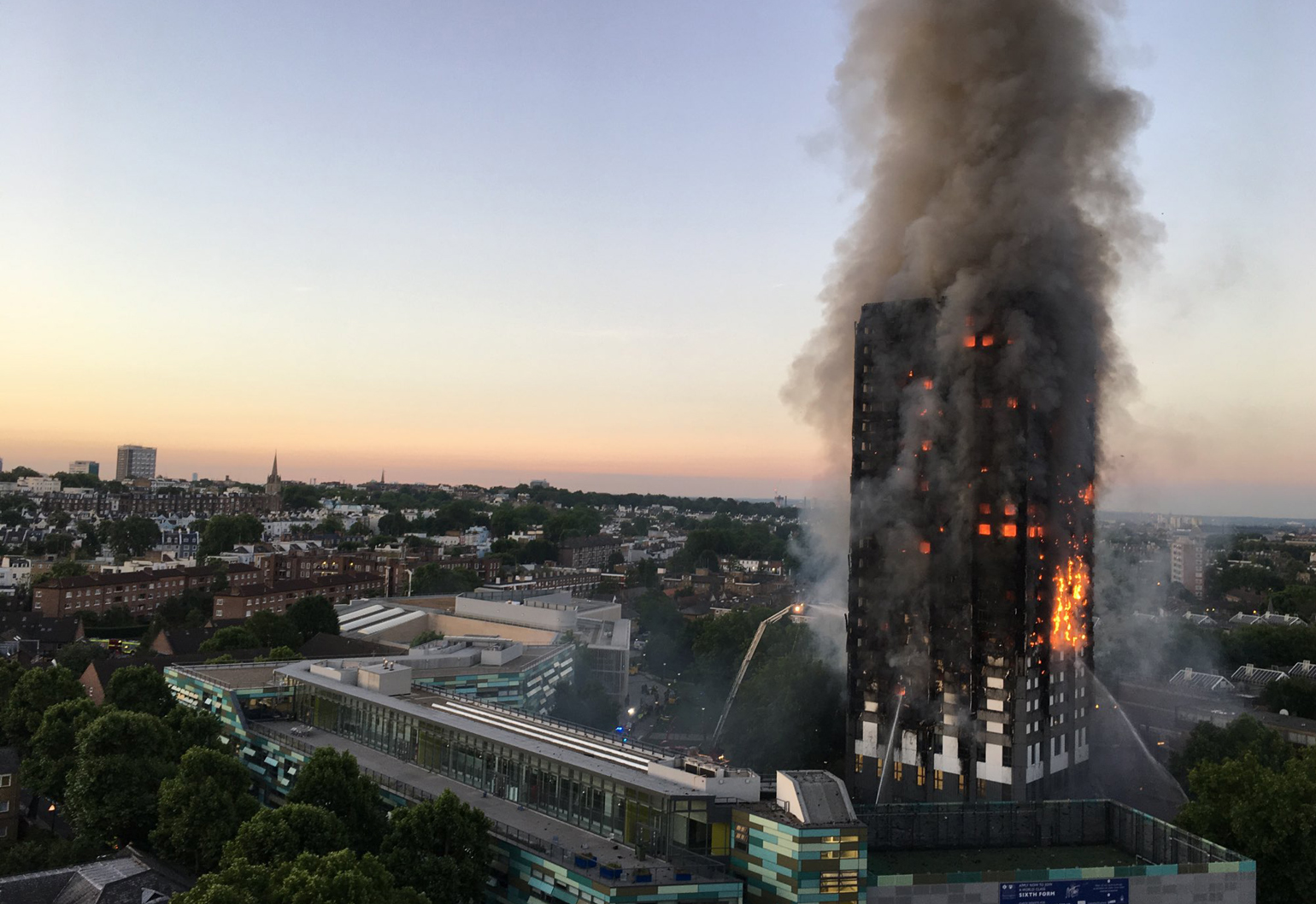Combustible cladding, which caused Melbourne’s Lacrosse building and London’s Grenfell Tower fires, could be present in thousands of buildings across Australia. An industry-driven protocol will help identify and reduce the risks.
According to the managing director of forensic and fire engineering consultancy Basic Expert, Dr Jonathan Barnett, a large portion of his work is helping building owners deal with non-compliant cladding.
A big part of this task is translating expert reports into terms everyone can understand. That’s an underlying principle of the Insurance Council of Australia (ICA)’s protocol to identify and report non-compliant cladding, which was formulated in partnership with Engineers Australia’s Society of Fire Safety and the Fire Protection Association Australia (FPAA).
The protocol is designed to provide a consistent method to produce reports that are meaningful to building owners and their insurers.
“Before you spend money ripping cladding off, you should know if it’s non-compliant; you need to know how much of a risk it is,” said Barnett, who is also the Chair of Engineers Australia’s Society of Fire Safety.
Barnett added the broader engineering community is likely to be involved in putting the protocol into action.
“There aren’t enough fire engineers out there, so any engineer involved with buildings is certainly someone we might call on,” he said.
Industry driven
After the Lacrosse building fire in 2014, the insurance industry started taking an active interest in the risks posed by combustible cladding, said Andre Mierzwa, operations chief engineer with FM Global and Chair of the ICA’s Technical Committee.
This interest increased in the wake of last year’s Grenfell Tower inferno, which sparked audits of buildings across Australia to identify aluminium composite panels (ACP) or other combustible facade materials.

Mierzwa explained that expert reports emerging from the audits showed a great disparity in sampling and testing methods. After lack of action by Australian state governments to address this issue, the ICA decided to develop the protocol to inform insured clients and insurance companies about the questions they should ask experts when identifying materials, evaluating risk and planning remedial action.
“We thought, ‘This is not good enough, we have to provide some guidance’,” Mierzwa explained.
The protocol includes 10 key questions as a prompt for owners. Another initiative taken in the protocol’s development was a certification process for testing labs to accurately identify materials in cladding samples.
This is an important step because, as Barnett explained, records of materials used in building cladding are often absent or inaccurate.
“The only way to determine what’s on a building is, typically, doing testing,” he said.
So far, only two laboratories – CETEC and CSIRO – have passed the certification process, which includes correct identification of known samples. However, Barnett said more labs had expressed an interest in becoming certified, and he expects that more will pass the process before too long.
The protocol, originally issued in November last year, was updated in July to include four categories of cladding material, which range from high fire risk to non-combustible.
Barnett explained the percentage of plastic in cladding affects a material’s risk of combusting.
“You can take a polymer and mix it with an inert material. If you put enough inert material in there’s just not enough polymer to burn, so you’ll end up with something that’s safe,” he said.
Mierzwa said the protocol is now being referred to by a number of state governments, and the next step is to work with Engineers Australia’s Society of Fire Safety to research and develop remediation guidelines for building owners who identify combustible cladding materials.
“A lot of clients are deciding to get rid of cladding and move on, but some have so much they are waiting for a partial solution,” Mierzwa said.
He added that key drivers for providing further guidance on remediation were skyrocketing insurance premiums, risks to life and owners’ reputations.
Interconnected factors
Barnett said a detailed and meticulous approach is critical when assessing fire safety, as approximately 75 per cent of buildings with non-compliant cladding also have issues with essential safety measures.
The severity of the Grenfell Tower fire was due to a number of interconnected safety factors, Barnett explained.
“We talk about the cladding fire, but the fire started in an apartment in a refrigerator,” he said.
The fire vented through the apartment window and into the cladding, but the firefighters who put out the apartment fire didn’t realise this had happened. Other problems, such as doors that didn’t comply with fire safety standards and the absence of a safe evacuation point, also contributed to the loss of life.
“The reason that 72 people died wasn’t just the cladding fire – it’s that everything else went wrong inside the building. All these things are interconnected. But of course there would have been no cladding fire if they’d used proper cladding … it works from both sides,” Barnett said.